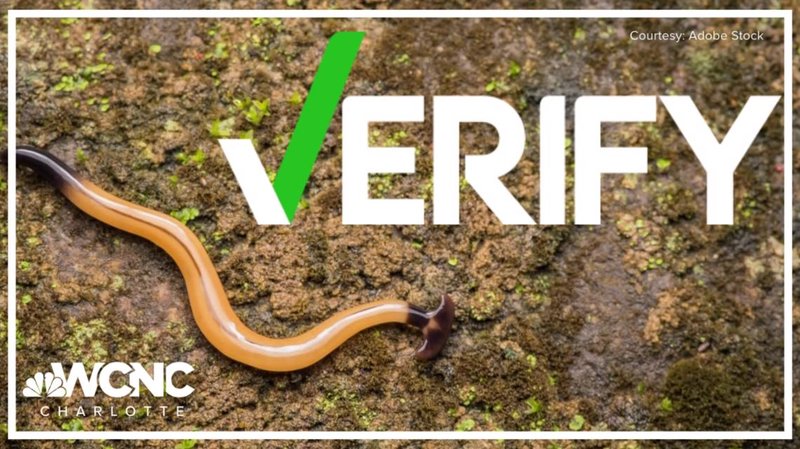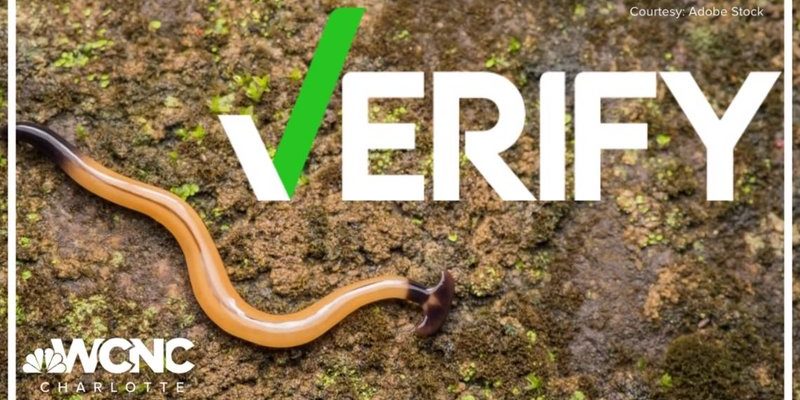
You might be wondering what happens if a hammerhead worm gets cut in half. Do they simply die, or do they grow back? The truth is, hammerhead worms can regenerate! In this article, we’ll explore how this works and what makes these worms so special. By the end, you’ll have a solid understanding of these fascinating creatures and their regenerative capabilities.
What Are Hammerhead Worms?
Hammerhead worms belong to the family of flatworms, also known as planarians. They get their name from their unique, hammer-shaped head, which helps them navigate through their environment. These worms can be found in various habitats, primarily in tropical and subtropical regions. They tend to thrive in moist areas like leaf litter and sometimes even in gardens.
Honestly, what’s so impressive about hammerhead worms isn’t just their appearance but their amazing biology. Most flatworms have a simple structure, but hammerhead worms stand out with their elongated bodies and distinctive heads. They can vary in color from brown to bright yellow, which can make them quite a sight in nature!
How Do Hammerhead Worms Regenerate?
When it comes to regeneration, hammerhead worms are champion performers. If a hammerhead worm is cut in half, both pieces can regenerate into two fully functional worms. This incredible ability stems from special cells called **neoblasts**. Think of them as the body’s repair crew. When injury occurs, these cells spring into action, division and growth begin, and soon enough, a new segment forms where there was once a cut.
Here’s the thing: it’s not just a simple fix. The regeneration process involves complex biological mechanisms. The worm’s body and nervous system must reorganize and communicate to ensure that the newly formed sections have the necessary structures. It’s almost like a symphony, with each part of the worm working together to create something new.
Why Is Regeneration Important for Survival?
Regeneration isn’t merely a party trick for hammerhead worms; it plays a crucial role in their survival. Many creatures have predators—birds, mammals, and even other worms. If a hammerhead worm finds itself in a sticky situation, losing part of its body might just mean the difference between life and death. The ability to regenerate allows them to escape threats and continue living.
Moreover, regeneration can also help these worms recover from injuries they sustain in their natural habitats. Whether it’s a scratch from a sharp rock or an encounter with a hungry predator, their regenerative abilities equip them to handle life’s challenges. You might say they have a built-in **”repair service”** that’s constantly ready to spring into action.
Do All Hammerhead Worms Regenerate the Same Way?
One intriguing aspect of hammerhead worms is that not all species regenerate in exactly the same way. While the basic principle of regeneration is similar across the board, different species may have unique adaptations. For example, some species regenerate specific body segments more rapidly than others.
In a way, you could compare it to different models of smartphones. They all serve the same purpose—making calls, accessing the internet—but each has its unique features and capabilities. The same goes for hammerhead worms: their various species have evolved to adapt to different environments, which influences how they regenerate.
What Can We Learn from Hammerhead Worms?
The study of hammerhead worms and their regenerative capabilities opens doors to understanding regenerative medicine. Scientists are keenly interested in how these worms regenerate because it may provide insights into human healing and tissue regeneration. Imagine a world where doctors could help patients grow back damaged tissues or organs—this is where research on hammerhead worms might lead us!
Furthermore, studying these worms can help us learn more about cellular biology. By understanding how neoblasts function in hammerhead worms, researchers can explore potential applications in other fields of medicine and biology. Who knows? The key to healing might just lie in these unassuming creatures.
So, can hammerhead worms regenerate after being cut? Absolutely! Their astonishing ability to grow back even after serious injury showcases the wonders of nature. With their unique biology and impressive regenerative skills, hammerhead worms challenge our understanding of life and healing.
As you ponder the capabilities of these remarkable creatures, remember that they are just one example of the incredible adaptations found in the animal kingdom. The more we learn about them, the more we can appreciate the intricate and resilient web of life that surrounds us. Whether in a garden, in the wild, or even in the lab, hammerhead worms remind us that nature has many secrets waiting to be uncovered.

